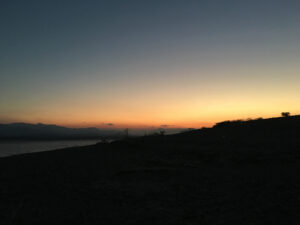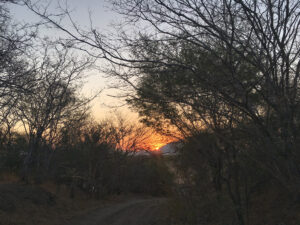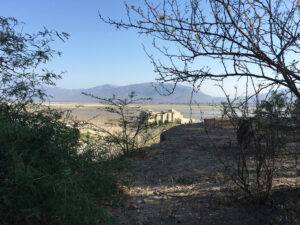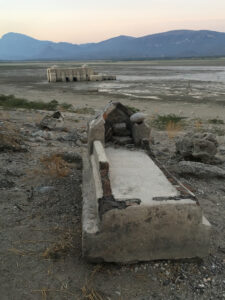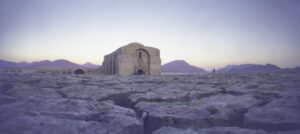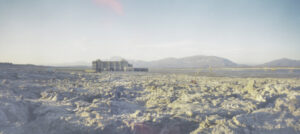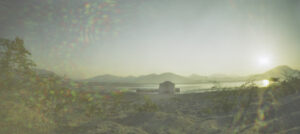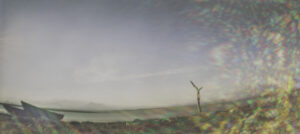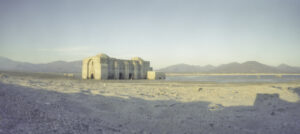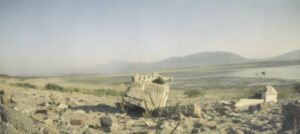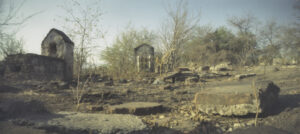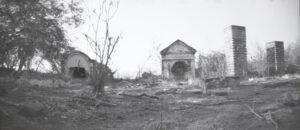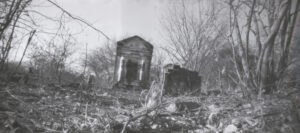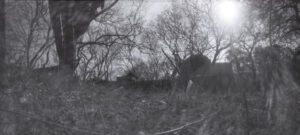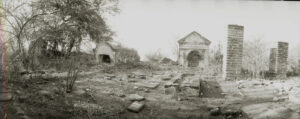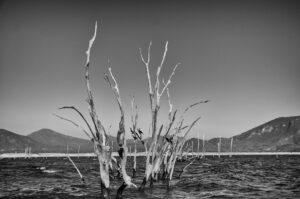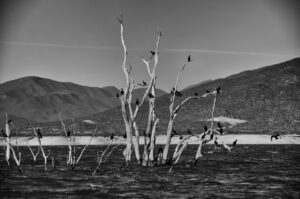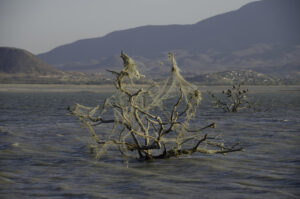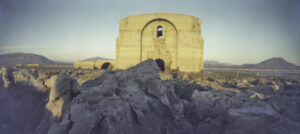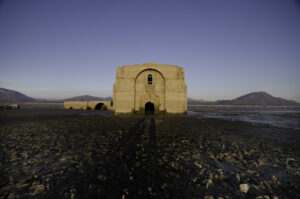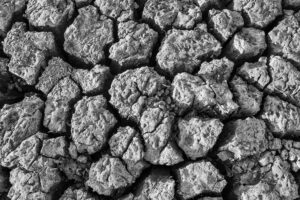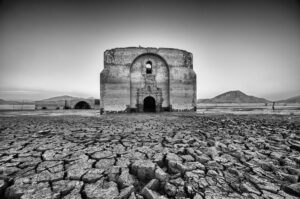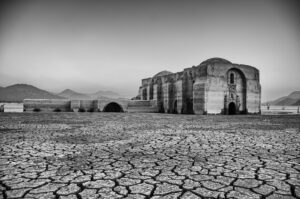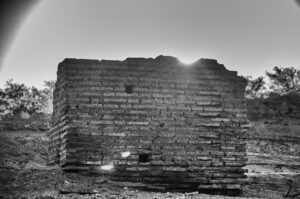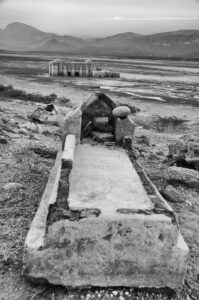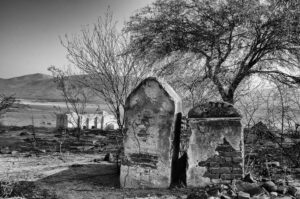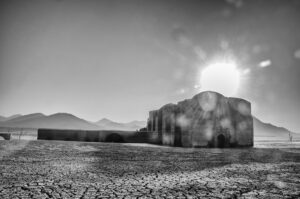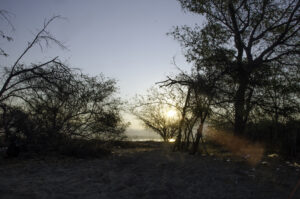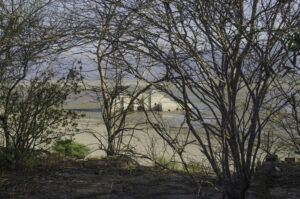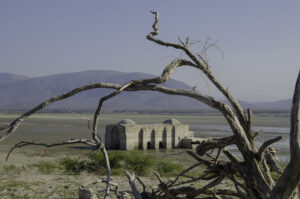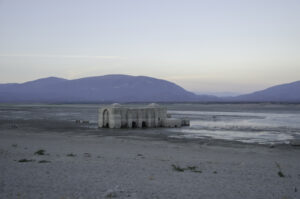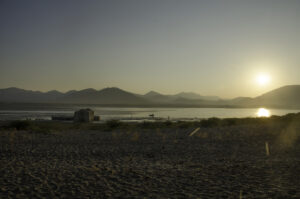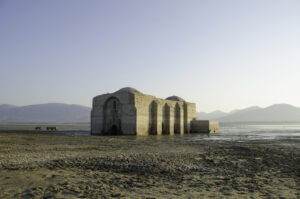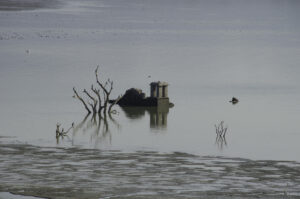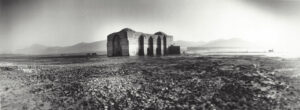The Silver Halides and Pixels exhibition has several readings from its multifaceted conception, because it includes analog photography, pinhole photography, digital photo and images taken with a smartphone.
Rosalba considers that photography passes through sensitivity and the idea more than the media, for her, the black box is the space where reality is transformed, the place where the borders between light, image, pace, time and us merge.
In this exhibition, the Dominican Convent of Jalapa del Marqués is just an excuse to show and prove to us that any photographic equipment, no matter how simple it is, can help reveal other views of the same object.
Photography for Rosalba is art, science and human experiences. Because of this, whenever she goes in search of some images, she carries all her equipment in order to make different approaches.She tirelessly forges a language full of perfectly understandable subtleties. Builds bridges between different techniques and practices. She uses whatever photographic devices she has at hand to create her own aesthetic.
The photographer stays away from the temptation to own the latest camera model. She prefers to have a device with good optics and many options that add flexibility to her speech.
This exhibition is significant to the photographic environment because it brings us closer to the different techniques of painting the same object with light. It shows us how this action can serve as a reflection to overcome the idea that only having a “good camera will get us the image of our life”
For her, image management has been favored with digital technology (cameras and telephones), but it alerts us not to fall into the triviality of tricks and abandon ourselves to the fascination of effects, relegating the true meaning of what we want to communicate. Through her iconography she exhorts us to make an effort to achieve originality in the images, to find the right moment and the perfect place.
In order to be a good photographer, technology is just not enough, you have to have ¨a good eye ¨ and unfortunately there are no megapixels which can help you achieve that.
The images presented in this exhibition are the clear example of a good eye. The photographer shoots with pinhole, with silver halides or pixels a variety of things and landscapes: the temple in the distance, the water of the dam, the birds on an old tree, the color or the black and white images present us with a rich composition based on the geometry and shapes that man-made nature offers us.
The title of the exhibition alludes to the techniques to create images: analog or traditional photography consists of a film with a layer of imperceptible granites called silver halides, sensitive to light, which form the image in the picture. They are the smallest unit in a traditional photograph.
In the case of digital photography, the silver halide is replaced by the pixel. The image that is obtained is a representation in pixels. Each pixel (square) contains the color information of that tiny portion. It is worth clarifying that the pinhole camera is the simplest of the photographic devices. It has a hole with the thickness of the tip of a needle, this opening is called a pinhole, which gives the technique its name. To record an image, a photographic film is placed inside it, and light is allowed to pass through the hole without being certain of what is going to be recorded, because these cameras do not have a viewfinder. Images are often blurred or out of frame due to the same technique. An advantage of the pinhole photo is that it offers a great depth of field.

